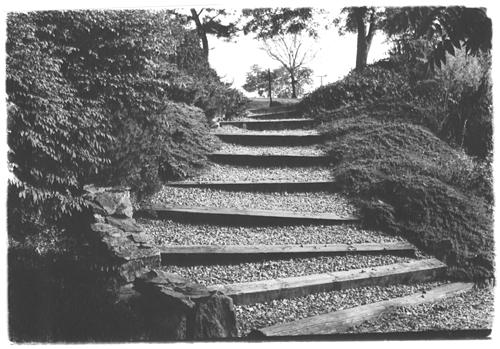All Nonfiction
- Bullying
- Books
- Academic
- Author Interviews
- Celebrity interviews
- College Articles
- College Essays
- Educator of the Year
- Heroes
- Interviews
- Memoir
- Personal Experience
- Sports
- Travel & Culture
All Opinions
- Bullying
- Current Events / Politics
- Discrimination
- Drugs / Alcohol / Smoking
- Entertainment / Celebrities
- Environment
- Love / Relationships
- Movies / Music / TV
- Pop Culture / Trends
- School / College
- Social Issues / Civics
- Spirituality / Religion
- Sports / Hobbies
All Hot Topics
- Bullying
- Community Service
- Environment
- Health
- Letters to the Editor
- Pride & Prejudice
- What Matters
- Back
Summer Guide
- Program Links
- Program Reviews
- Back
College Guide
- College Links
- College Reviews
- College Essays
- College Articles
- Back
An Analysis Of Martin Luther King’s Letter From Birmingham Jail
The renowned author Truman Capote illustrated the power of writing when he stated, “writing has laws of perspective, of light and shade…” Martin Luther King’s “Letter from Birmingham Jail” contains these “laws” to convince the clergymen of a church. Each of King's sentences asks for impartiality and justice for the rights of African Americans. King’s letter uses metaphors and similes to highlight the discrimination occurring and seeks support from the church to help end the awful treatment of African Americans.
Martin Luther King’s metaphors persuade the clergymen to put themselves in the shoes of African Americans. He expresses the privation of African Americans with a metaphor when he wrote; “When you see the vast majority of your twenty million Negro brothers smothering in an air-tight cage of poverty in the midst of an affluent society….” King compares "smothering in an air-tight cage" to the poverty African Americans are suffering under. A second metaphor depicted racial injustice as “quicksand”. Using the metaphor “quicksand” provides urgency to the issue. This quote portrays how racial injustice is incessantly sinking America and its citizens into dangerous circumstances. Even though racial injustice and quicksand are different, they both are negative elements that cause destruction.
Furthermore, figurative language is used multiple times in King’s letter to convey injustice as immoral. King emphasizes this situation by saying it is painful like “a boil that can never be cured as long as it is covered up but must be opened with all its pus-flowing ugliness to the natural medicines of air and light….” In other words a healing boil is akin to racial injustice being exposed so it can be resolved. When racism is exposed, people may see the repulsiveness of the issue. He believes his use of figurative language will make his audience think about these circumstances in detail.
In addition, MLK Jr. uses a quote from the Declaration of Independence. He writes, "We hold these truths to be self-evident, that all men are created equal." It demonstrates to the clergymen that racial injustice does not follow this aged quote and needs to start doing so.
Strategic support is evident in Dr. King’s letter, as he provides examples and descriptions of racial prejudice. Martin Luther King offers a description of prejudice when he talks about racism in Birmingham:
“Birmingham is probably the most thoroughly segregated city in the United States. Its ugly record of police brutality is known in every section of this country. Its unjust treatment of Negroes in the courts is a notorious (well-known) reality. There have been more unsolved bombings of Negro homes and churches in Birmingham than any city in this nation. These are the hard, brutal, and unbelievable facts.”
King presents the facts that cannot be disputed. The bombing of homes and churches, police brutality, and the treatment of African-Americans in court are genuine examples that portray prejudice.
Another way MLK Jr. used strategic support was when he told a frustrating story about his six year old daughter who “can't go to the public amusement park.” It breaks King’s heart when he sees, “tears welling up in her little eyes and when she is told that Funtown is closed to colored children…” Telling his own story shows that the predicament of racism has reached his child. He hopes the clergy of the church and his oppressors will understand his perspective and join in helping him end racism in America.
Clearly, Martin Luther King’s utilizes his keen writing by making readers visualize the pain African-Americans endured. He weaves his voice into the letter to inspire his audience and communicate his thoughts. As a result, Truman Capote’s “laws of perspective” are used by King, particularly when he tells experiences of his own. The strategy in which Martin Luther King articulates figurative language to sway the clergy and society created a positive catalyst in our humanity.
See full letter here: http://www.africa.upenn.edu/Articles_Gen/Letter_Birmingham.html

Similar Articles
JOIN THE DISCUSSION
This article has 0 comments.

This piece was written for a high school paper in my English 1 class. I enjoyed learing more about Martin Luther King. It is my hope that this work will encourage teens to take a close look at his letter.